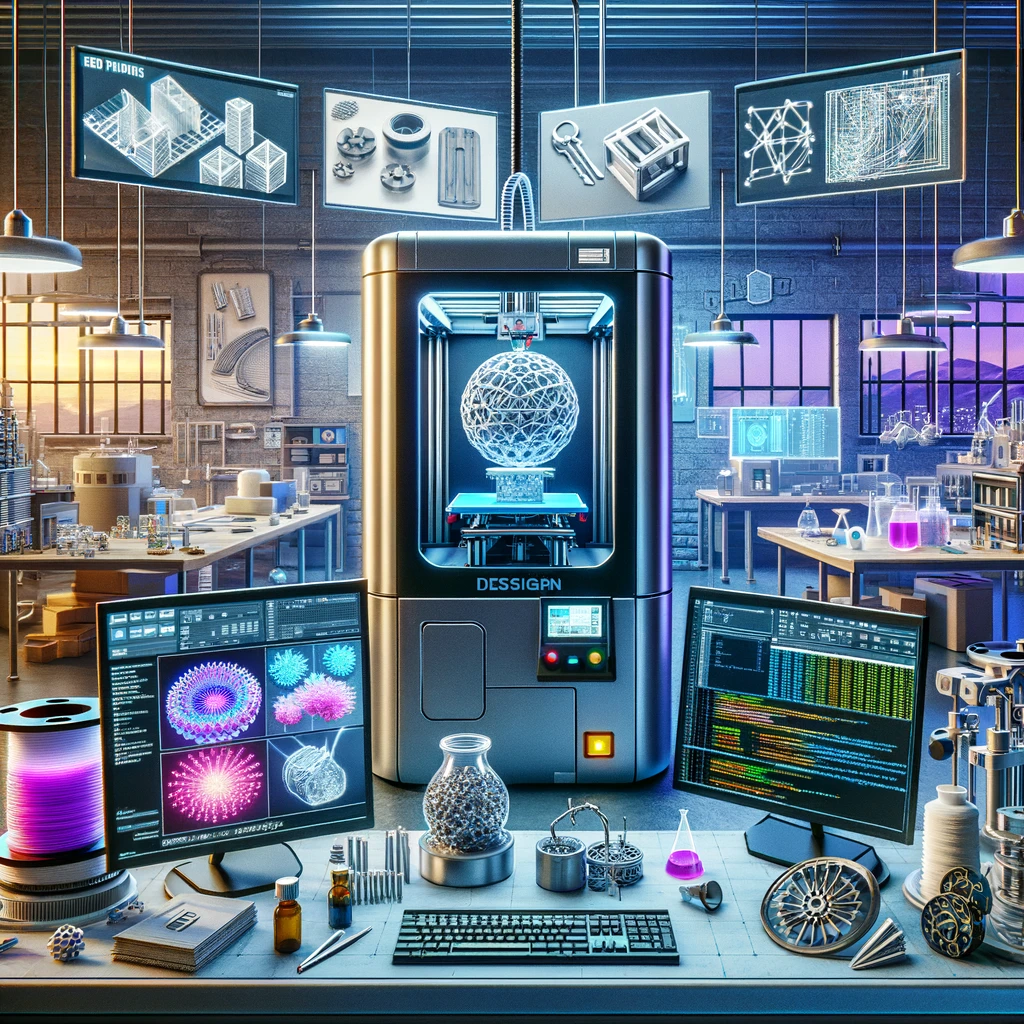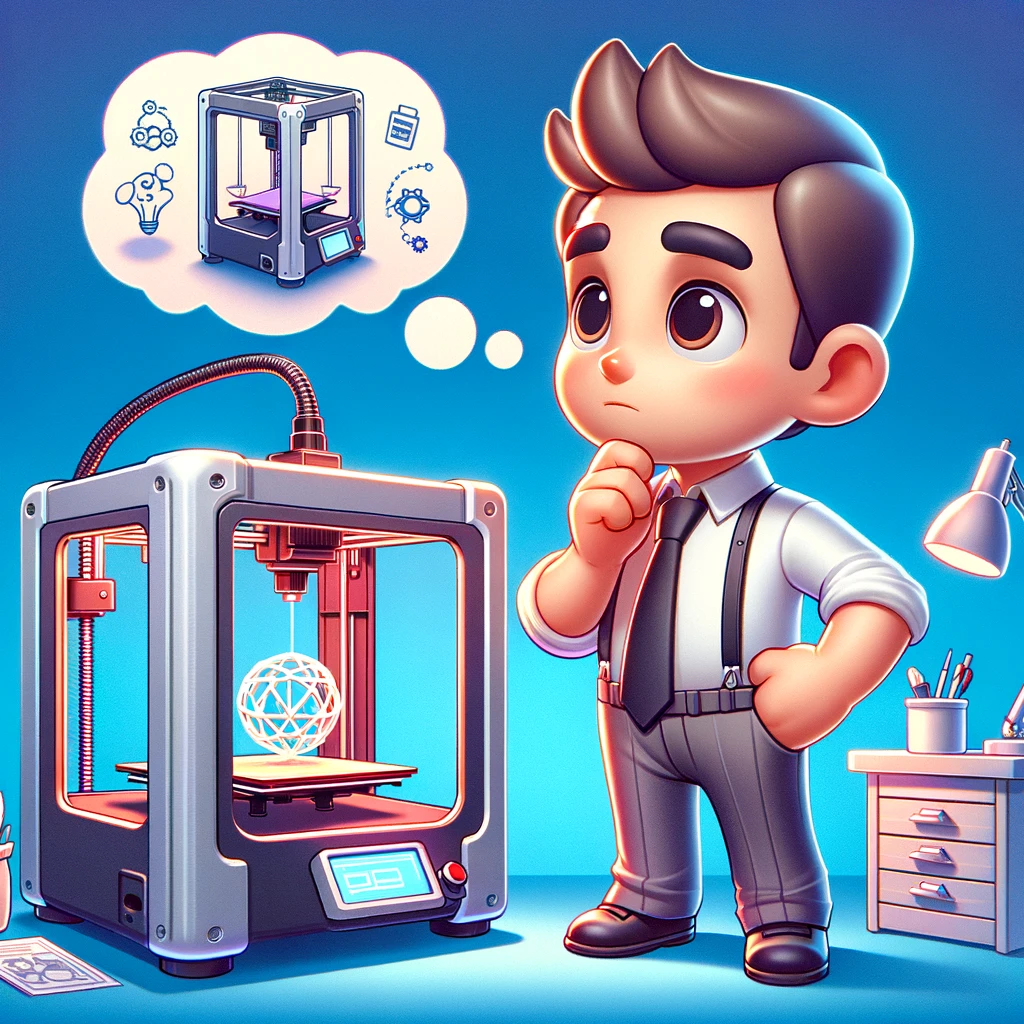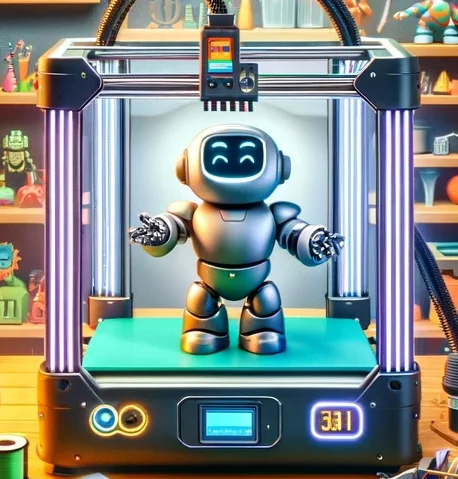
What is 3D printing and how does it work?
3D printing is a process of creating three-dimensional objects from a digital file using a 3D printer. It is also known as additive manufacturing because it involves adding layers of material until the desired object is formed.

The process of 3D printing typically starts with creating a 3D model on a computer using computer-aided design (CAD) software or a 3D scanner. The 3D model is then sliced into thin layers by the 3D printing software, which generates a code that controls the 3D printer.
The 3D printer then reads the code and starts building the object layer by layer. The printer uses various materials, such as plastic, metal, or even living cells, depending on the desired end product. These materials are deposited onto a build platform or bed, which moves up or down as each layer is printed.

The 3D printing process is highly customizable, allowing for the creation of objects with complex geometries, intricate designs, and custom specifications. It has applications in a wide range of fields, including medicine, engineering, architecture, fashion, and more.
Overall, 3D printing is a versatile and innovative technology that has the potential to revolutionize the way we manufacture and produce objects in the future.

